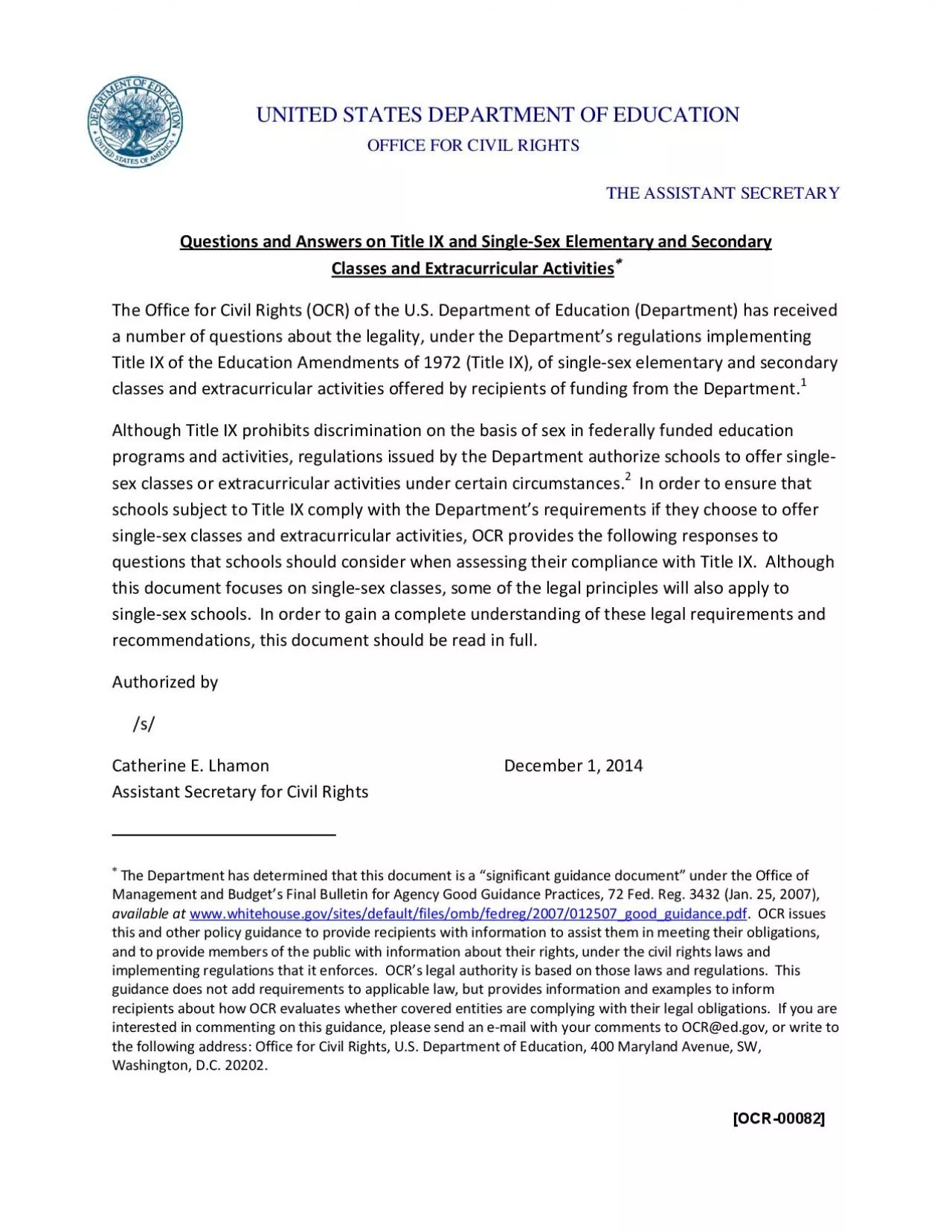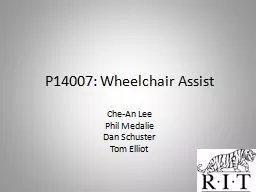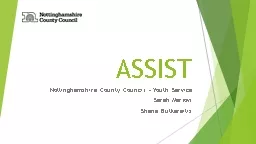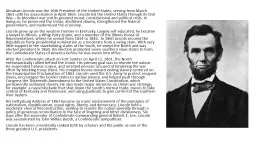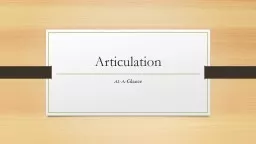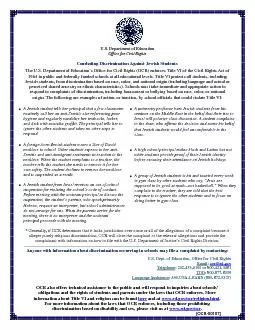PDF-UNITED STATES DEPARTMENT OF EDUCATIONOFFICE FOR CIVIL RIGHTSTHE ASSIST
Author : singh | Published Date : 2021-10-02
Questionsand Answerson Title IX and SingleElementary and SecondaryClassesandExtracurricular ActivitiesCatherine E Lhamon ember Assistant Secretary for Civil RightsThe
Presentation Embed Code
Download Presentation
Download Presentation The PPT/PDF document "UNITED STATES DEPARTMENT OF EDUCATIONOFF..." is the property of its rightful owner. Permission is granted to download and print the materials on this website for personal, non-commercial use only, and to display it on your personal computer provided you do not modify the materials and that you retain all copyright notices contained in the materials. By downloading content from our website, you accept the terms of this agreement.
UNITED STATES DEPARTMENT OF EDUCATIONOFFICE FOR CIVIL RIGHTSTHE ASSIST: Transcript
Download Rules Of Document
"UNITED STATES DEPARTMENT OF EDUCATIONOFFICE FOR CIVIL RIGHTSTHE ASSIST"The content belongs to its owner. You may download and print it for personal use, without modification, and keep all copyright notices. By downloading, you agree to these terms.
Related Documents

